
Developer: Daedalic Entertainment
Publisher: Daedalic Entertainment
Mac, PC
Goodbye Deponia – Review
Goodbye Deponia uses its name to foreshadow things to come. As the last part of the trilogy, it marks the end to a journy filled with absurd situations.
A pity, because the previous games already elevated the franchise to the best Daedalic Entertainment and the entire point & click genre had to offer.
Story
Goodbye Deponia marks the third and presumably last entry in the Deponia-trilogy. The game starts off from where Chaos on Deponia ended, sending Rufus, Goal, Doc and Bozo on their way to Elysium in order to stop the destruction of their home-world.
As always, nothing goes as planned, not in the least because of the way Rufus’ far-fetched plans never cease to backfire.
There’s plenty of laughs to be head and this time around we’re also treated to a decent amount of nods and winks to other famous gaming-franchises. There’s this lovely bar-fight, for instance, starring a crazed gorilla, an overweight Italian dressed in a blue overall and tripping on mushroom-infested beer and the blond-haired vixen that caused the two drinking buddies to have a fallout.
But maybe the most brilliant thing lies in the way Rufus is a man who uses the end to justify the means, without ever thinking twice about the harm he’s causing.
As a protagonist he’s a violent, psychotic and narcissistic individual, but one who handles everything with such honesty that it’s hard not to like him.
Graphics
As always Goodbye Deponia looks beautiful. Its environments and characters are artfully crafted, with vivid colours emphasising the often bizarre world you’re in.
Improvements are visible when it comes to cut-scenes, as animations now remain smooth all the time. In contrast, Chaos on Deponia, part two in this trilogy, suffered from some choppy movement at times. This problem seems to have been resolved entirely.
Other than that Goodbye Deponia remains a great example of how visuals don’t need graphically impressive or absurdly detailed worlds, but instead should focus on making the art match the narrative and overall vibe of a game. Goodbye Deponia succeeds tremendously in this department.
Sound
One of the things I’ll probably never forget about Goodbye Deponia -although, frankly, this goes for the entire series – are its short intermezzo’s where a song, accompanied by plenty of false notes, marks the end of each chapter. Those short ballads not only fit the game to a fault, they also manage to wrap up parts of the story in an inventive, funny and often fourth-wall-breaking way.
I love them, and I’d just as soon give them a permanent place on my favourite track-list if I could get my hands on an mp3-version.
Gameplay
As with its two prequels, Goodbye Deponia is a traditional point & click game. Read: you collect dozens of seemingly worthless objects, which each get their moment in the spotlights when combined with the correct part of the scenery. In Deponia’s case, this is actually explained and augmented by Rufus’ self-proclaimed title of master-tinkerer.
What this means is that plenty of the puzzles border on the absurd, while still remaining completely within the boundaries set by Deponia as a digital world.
To be honest, the series has had two prequels to perfect its approach towards riddles and their respective solutions, but even with this in mind it’s easy to take for granted how cleverly Goodbye Deponia manages to handle its content. Let’s put it this way: puzzles seamlessly blend inventiveness, originality and logic together, essentially offering the kind of Eureka!-moments that typify the best the genre has to offer.
If I have one complaint, it would be about the way the three Rufus’s interact with one another. You see – and without spoiling too much – at one point in the story Rufus finds himself stuck with two extra clones. After some hilarious infighting, they find themselves along separate paths, only briefly encountering each other along the way. While this starts off with one Rufus helping another one with a puzzle, it remains just that; a single puzzle.
A lot of potential in even cleverer puzzle-design got lost this way, as interactions between our heroes quickly derails into a pass-along-items-thanks-to-a-magic-interface-option-mechanic.
All in all though, this third iteration is just what you’d expect of Deponia, essentially ending the series with a bang. Although, truth to be told, we’d just as soon take a second trilogy, just so we could return to Deponia’s bizarre landscapes.
Conclusion
Endings are always somewhat of a tear-jerker and especially in Goodbye Deponia’s case I didn’t want the story coming to a halt. It just goes to show how brilliant this trilogy of point & click games has become.
Deponia might have started of as just another game in a genre that’s currently enjoying a much-deserved second wind, but both its sequels ensured it to be a cut above the mold. When It comes to Goodbye Deponia you can expect a suitable ending for a series that found the perfect combination between wit, dark humour and some well-timed drama. In other words: a game worth playing.
Goodbye Deponia - Review,
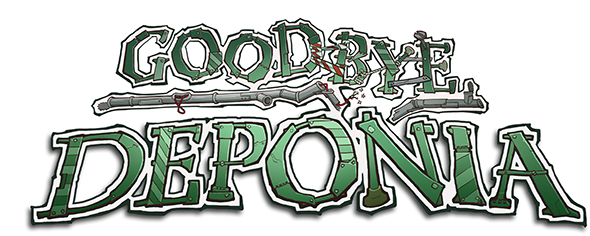
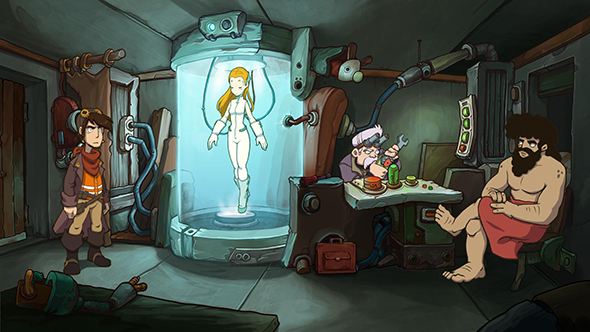
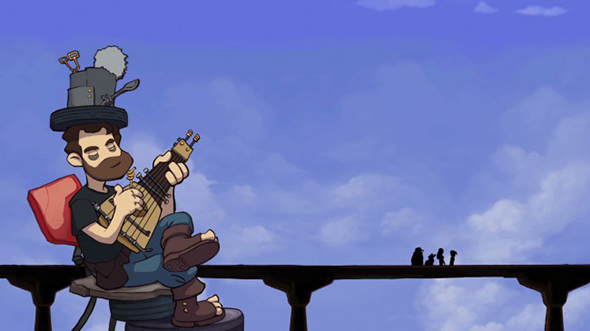
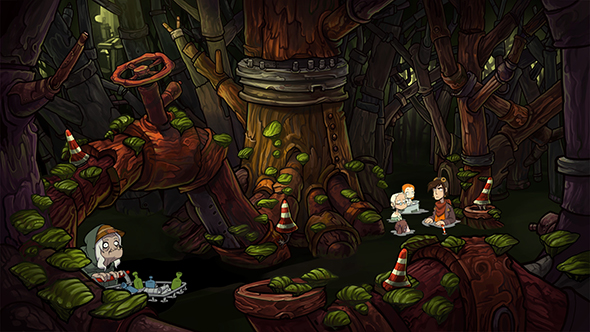
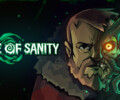
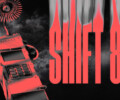
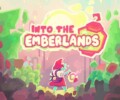
No Comments